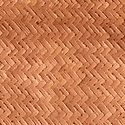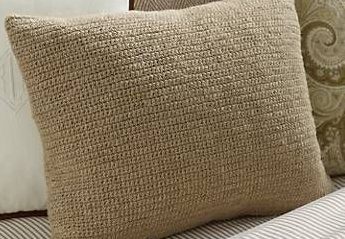
Constructed garments, Apparel, Domestic Arts/Crafts, Endangered/ Red List, Saris/Unstitched Garments
Khand/ Khan Blouse Weaving of Maharashtra
Khan, or Khand, is a light-weight fabric with numerous designs, motifs, and patterns on it. This cotton-silk pure handwoven cloth, traditionally worn by women in North Karnataka and Maharashtra, was used to stitch a blouse to be combined with Ilkal sarees from the same area.
This traditional fabric, which is thought to be over 200 years old, is not easy to weave. To begin, a desired colour and shade are created by combining various dye powders. After the required colour is obtained, the yarn is dyed and dried in a lengthy and complicated process. The dried wool is then combed and assembled for use on a handloom. The yarn is then given to the weavers, who begin the weaving process, which takes about 15 days to complete 20 metres of Khun.
There is no historical evidence to support the origin of this weave; it is thought to have begun in the 8th century, when Karnataka was under the Chalukya Dynasty. During religious ceremonies, a fragment of this cloth is said to be folded into a triangle, put on a saree, and presented to their Goddess. And the ladies paired it as a blouse with Ilkal sarees, a tradition which is followed even today. This artistic weaving started as a tradition of weavers who practised this craft as a hobby rather than a means of income.
When the garment industry was dominated by the use of machine looms, this handloom weave began to fade. Weavers hence developed to make the fabric appropriate for modern sarees and a wide variety of other women’s wear to revive the style.
Gallery
YOUR VIEWS
PRACTITIONERS: INDIA
Access 70,000+ practitioners in 2500+ crafts across India.
BIBLIOGRAPHY
10,000+ listings on arts, crafts, design, heritage, culture etc.
GLOSSARY
Rich and often unfamiliar vocabulary of crafts and textiles.
SHOP at India InCH
Needs to be written.





